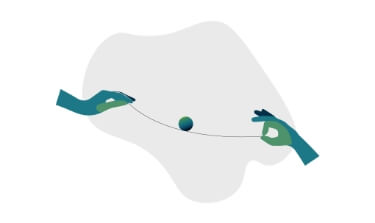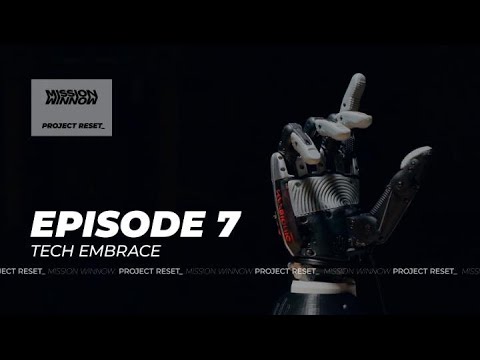Examples of Risk Management in Our Every Day Lives
On the road risk management
Driving is inherently risky. This is well known: if an accident happens, harm can happen. Even if someone is a perfect driver, their outcomes are dependent on external factors too: such as other drivers and vehicles on the road, weather conditions and their own state of mind. Airbags and seatbelts were developed for these reasons, and work in tandem with one another. They cannot prevent an accident, but these complimentary risk management devices are the first line of defense in the event of one.
At work risk management
It’s well known that regular exercise is beneficial for an individual’s overall health. What may be ignored is that sitting for too long can also have poor effects on one’s wellbeing. Inactivity due to prolonged sitting can be linked to an increased risk in chronic health problems and other adverse physical and mental effects. Some experts say that a great way to counter this for those with office jobs is to get up regularly and walk around. Stand up while reading emails, keep the trash can away from the desk to induce getting up and to walk around during calls. Tactics like these that incorporate more movement into our days can help reduce the risks associated with uninterrupted sitting.
At home risk detection
Detection systems are used to protect homes from theft, but they can also protect from potential risks associated with fires, poor air quality and hazardous gases. For example, carbon monoxide is a gas that is odorless and colorless, and is found in combustion fumes. This gas is released from stoves, burning wood, and other places. Our senses cannot detect carbon monoxide in the air and its build up over time can lead to severe harm. Alarm systems can detect high amounts of carbon monoxide and alert us, so that we can take immediate measures.
Whether for cars, homes, businesses or simply in public places in general, detection systems are used to reduce risk. Whether they’re there to detect an ongoing situation or to monitor for safety, these types of systems can help us manage the risk of theft and take action more quickly.
Risk management, in essence, is about confronting reality. It’s about understanding human behavior and finding a balanced way to decrease the risk that may be associated with it. Though we’re not able to control everything, a combination of innovation aimed at reducing negative outcomes as well as the positive changing of our practices can help us collectively reduce the risk of harm or the risk of events that could have harmful outcomes from occurring. Promoting the understanding of risk and incorporating this knowledge into the innovation cycle and societal practices is key to making effective changes in people’s lives and their surroundings.


